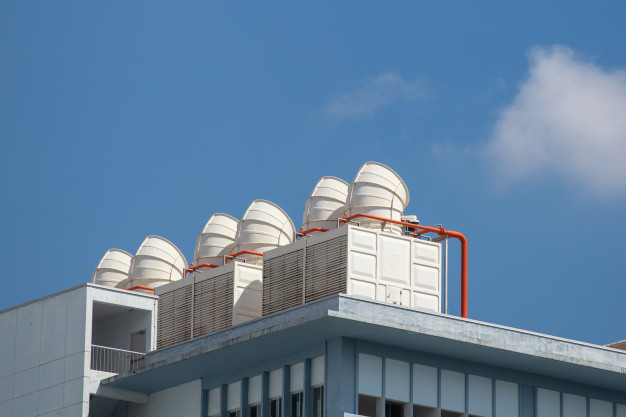
Not All Cooling Systems Are Created Equal
The latest technologies such as machine learning, High-Performance Computing (HPC), big data applications, the Internet of Things (IoT) have been massively beneficial. Today, every data centre is designed on reducing the ever-increasing power costs. As an operator, you might already be embracing the smaller data centre footprints to high power density servers.
However, changing to these interesting workloads and densities would require you to have a stable power and cooling system. A lot of CIOs have been under pressure to achieve maximum data centre efficiency. Nonetheless, it is not all about power.
Water consumption and energy inefficiencies in high-density servers are growing at an alarming rate. Data centre cooling systems (cooling and equipment that facilitate air movement) account for a greater percentage of the overall energy consumption.
Pushing the Boundary of Data Centers
You already understand that the sole purpose of cooling systems is to remove the heat produced by the Information Technology Equipment (ITE). The criterion has always been to have cooling towers that cool hot waste water from servers and thus the data centre is cooled while the heat is removed by evaporation. Usually, some of the water is returned to the cooling system while the rest is drained out to remove any sediment (blowdown process).
As an operator, you might expect that all cooling systems operate continuously and they can all be relied on. However, that is far from the truth. With the mega servers in place, you can be sure to lose massive water through evaporation and blow-down process. In the high-density server environment, you should focus on increasing the efficiency in cooling systems that will reduce the overall energy consumption in your data centre.
Have you been wasting water in the process of reducing energy in your data centre? The purpose of this paper is to discuss potential cooling system technologies that can greatly slash your power bills costs as well as the water consumption in your data centre.
Energy Use Effectiveness and The Value of Water
Achieving higher-densities data centres can be great but there can still be a disconnect between the efficiency of energy and water. To maximize on the new technologies in the data centres, you have to consider both the cooling and power aspects.
The Power Usage Effectiveness (PUE) figure shows the energy consumed in data centres. With the rise in the rack power density and adopting new designs in the data centres, there is the need for you to better cooling technologies. Typically, you would require complex and expensive cooling systems with volumes of air that need to cool the high densities of servers.
You might be maintaining a low PUE metric but with the tightly packed racks, water bills can still be skyrocketing. That is where the Water Usage Effectiveness (WUE) comes in. The WUE metric measures the efficiency of water in the data centres. While you are lowering your PUE, it is important that you get a low WUE figure as well.
The Past Decade the Resource of Water Has Not Been Preserved
You can admit that the focus in your data centres has always been power optimization. However, there is a need that you utilize the PUE, CUE and WUE metrics for a broader optimization effort in your data centre. Sadly, most operators have been shying away from the WUE while forgetting that water greatly impacts the PUE metric. Lowering the WUE will lower the PUE even further since a lot of water is used both to cool the data centres and to produce energy that is used on the sites.
You might wonder, “Is it really possible to use less water or completely eliminate the use of water in cooling data centres?” A few years ago, the numbers of power bills were huge and this was constantly alarming operators. Currently, there are technologies that have increased the computing usage and at the same time, they maintain low power consumption.
One great example is that the power density of each rack used to range from 3kW to 5kW. That has changed. Today most operators prefer rack’s power density that can range from 5kW to 13kW. In fact, it is not unusual to see racks that consume 40kW and the overall power density being 400 watts per square foot.
Similarly, organizations such as Aligned Energy understand the challenges that come with your high-density servers. To a great extent, our water cooling systems aim at reducing your PUE figure to range around 1.1 and 1.2 by using water assisted technology that uses less or water-free cooling systems. Overall, we help you to reduce your energy consumption as well as your water consumption all year round.



